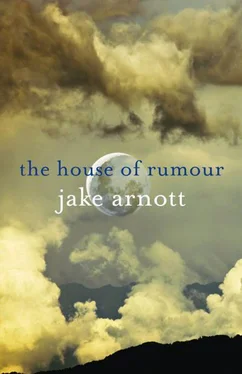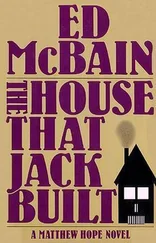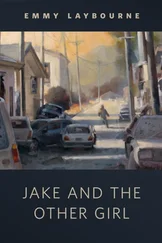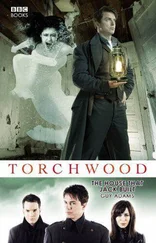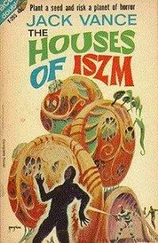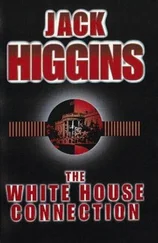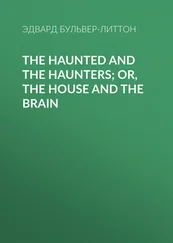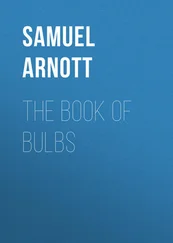In June, Zagorski was admitted to Los Robles Hospital with diluted cardiomyopathy. He was told that if he did not change his lifestyle he would be dead within six months. ‘I’ve not much to live for,’ he wrote in a letter to a friend, ‘so I guess I should prepare myself for death.’
Then in November came the appalling news of the Jonestown Massacre in Guyana. Larry’s first wife Sharleen had been a resident of the Peoples Temple community and was one of the 918 victims. ‘Utopia turned into a death-camp,’ Larry later commented. ‘Jim Jones twisted idealism, calling mass-murder “revolutionary suicide”. But out of the darkness came one small spark of hope.’
Martin Stirling Johnson, Sharleen’s son by Cato Johnson, was among the few survivors. Earlier in the year Larry had joined the Concerned Relatives group that had voiced fears about the welfare of family members in Jonestown and he now involved himself directly in the care of the twelve-year-old orphan.
It took a lot of work convincing the social workers that I was up to it but, after an initial period of fostering under supervision, the California Department of Social Services authorised my legal guardianship of Martin. Of course I had to turn my life completely around and the irony is that it was my own life I was saving. At last I had a purpose. All those years of feeling sorry for myself and thinking that the universe was out to get me had been a complete waste of time.13
Zagorski got a part-time job lecturing on science fiction at UCLA as part of their creative writing programme and devoted the rest of his time to the challenging task of raising a deeply traumatised adolescent. Beyond the obvious psychological problems Martin had to contend with, Larry noted that the young man had ‘lost a normal capacity for imagination; in warding off nightmares he cannot permit himself dreams’. In trying out many types of play and art therapy, Larry noticed that his own faculties had somewhat diminished. ‘I realised that since the mid-sixties my work had become increasingly pompous. I’d lost so much of the capricious energy that had drawn me to SF in the first place. Luckily I wasn’t too old to learn from the young.’
And it was not only watching Martin grow up that gave him inspiration. He was picking up new ideas from his students at UCLA and other young Turks on the SF scene. He appeared on the now notorious Cyberpunk Panel at the 1985 North American Science Fiction Convention in Austin, Texas, sporting a shaved head and mirror shades, declaring: ‘I’m a punk. I’m an old punk but a punk nonetheless.’ It’s fair to say that his two subsequent attempts at the form, The Cut-Throat Laser (1987) and Zap-Gun Boogie-Woogie (1990), rather fall short of cyberpunk. They do, however, conjure a sharp and highly entertaining pastiche of mid-twentieth-century futurism.
In 1996, Zagorski provided an introduction to Beach 16 by Nemo Carvajal, a SF novel set in Cuba during the ‘Special Period’ of post-Soviet austerity. In his preface to Carvajal’s book, Zagorski uses the term ‘post-utopian’ (first coined by art critic Gerardo Mosquera) as a way of describing the theme of the novel and also as a possible new point of departure for SF: ‘What then is the future of the future? If, as Fukuyama insists, we are at the end of history, how can we think about tomorrow? What is the point of any fiction, let alone speculative fiction, unless we can find new ways of dreaming, new ways of imagining the universe?’14 In 1998, Zagorski co-edited with Carvajal an anthology of new short stories by writers from North and South America, titled Post-Utopian SF . A second collection was planned but abandoned after Carvajal’s death in 1999.
In 2000, Fugitive Alien was remade by Multiversal Studios with British singer Danny Osiris in the role of Zoltar the extraterrestrial.
The House of God was published in September 2001 and caused a certain amount of controversy at the time. Its cover depicted an image of a falling tower from the Tarot, and a central event in the book is the destruction of a skyscraper by a fanatical religious sect. It was inevitable that people would draw parallels with the events of September 11. But, as Larry would later explain, that wasn’t what got him into trouble.
I was very clear in interviews that it certainly wasn’t meant as any kind of prediction. The House of God is an alternative name for the Tower in the Tarot but the cover image was unfortunate. I’d actually intended that an image from the Minchiate deck be used, which depicts Adam and Eve’s expulsion from Eden, as the book had a strong post-utopian theme. But instead we had the falling tower and, yes, there is a nod in the novel to the Tower of Babel story where a monolithic culture collapses into chaos. But there it was, that ill-omened card turning up once more. I pointed out that in Thomas Pynchon’s Gravity’s Rainbow the Tower becomes the rocket, the V2, the avenging missile. It represents catastrophe, and I’ve had my share of that. Susan Sontag said that science fiction stories are ‘not about science. They are about disaster which is one of the oldest subjects of art.’15 Interestingly the word disaster comes from the Italian disastro , meaning the unfavourable aspect of a star or planet. And I would have been fine continuing to intellectualise about the ‘aesthetics of destruction’ like this but instead I went on to make an unintentionally provocative comment. All I’d meant to say was that the attack on the World Trade Center was a ‘science fiction moment’ but then I added that ‘some disaffected people would see it as Luke Skywalker blowing up the Death Star’. And a great many took offence at that, mostly Star Wars fans.16
A volume of autobiography, Leaving the Twentieth Century , was published in 2002. Zagorski has sometimes insisted that The House of God is to be his last work of fiction, though he has also given enigmatic hints of a novel in progress. ‘A great unfinished work,’ he told a journalist in 2006, ‘that will remain unfinished.’ Pressed as to whether this was a comment on his life, he said: ‘Oh no, I’m still writing, still speculating. But I’m just a contributor, you know, just one of the voices.’
The span of his career has seen SF go from being about the probable, the possible, the impossible, the metaphysical to the ordinary, the everyday. It seems the one form that can truly grasp the essential strangeness of modern living, the cognitive dissonance that seems all-pervasive. ‘Perhaps one can use the narrative projections of SF to reverse-engineer a sense of reality into contemporary culture,’ says Zagorski. ‘I think it was William Gibson who said that SF is set now to become an essential component of naturalism in fiction.’ Now more than ever, Zagorski’s writing deserves to be rediscovered and re-evaluated, though he remains phlegmatic about his position in American literature. ‘Almost all my work is now out of print. I’m unlikely ever to be taught in schools or studied in universities. But I’m out there where I belong. In thrift stores and yard sales, in battered paperback editions with lurid covers and yellowing pages. Part of that story told by the lost and forgotten, the cheap pulps, the junk masterpieces.’
NOTES
1. Larry Zagorski, Leaving the Twentieth Century (2002), p. 4.
2. Ibid., p. 9.
3. The end of the ‘Golden Age’ of SF is usually seen as the mid to late 1950s when there was a rapid contraction of the inflated pulp market. Various critics have commented that the ‘Golden Age of SF is twelve’ in the harsh judgement that the genre forever belongs to early adolescence.
4. Jorge Luis Borges, Other Inquisitions 1937–1952 (1964), p. 86.
Читать дальше
